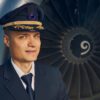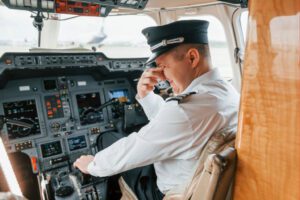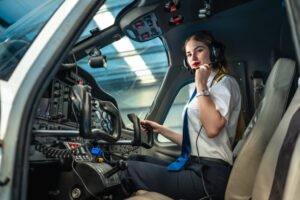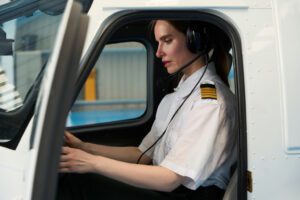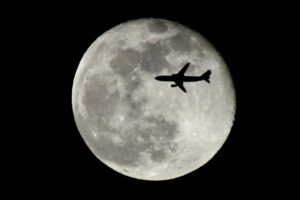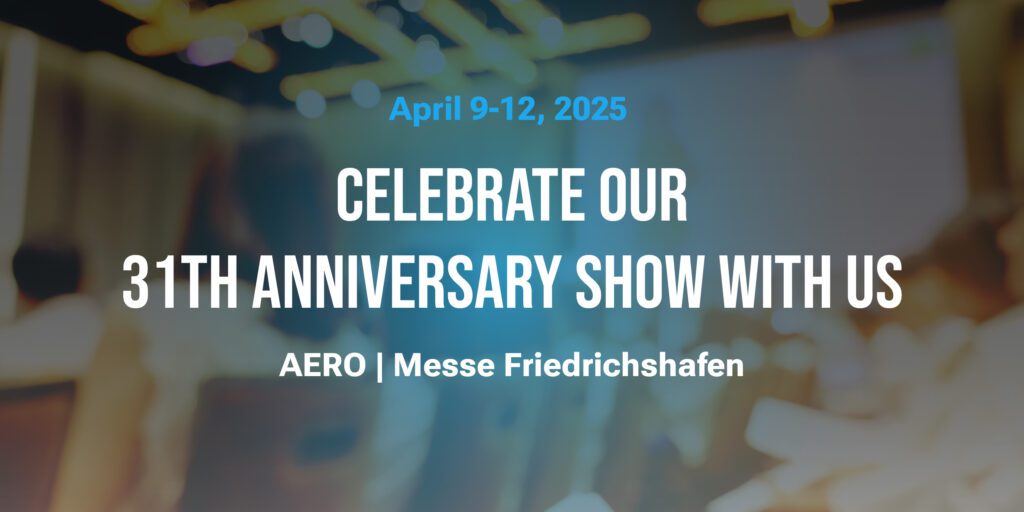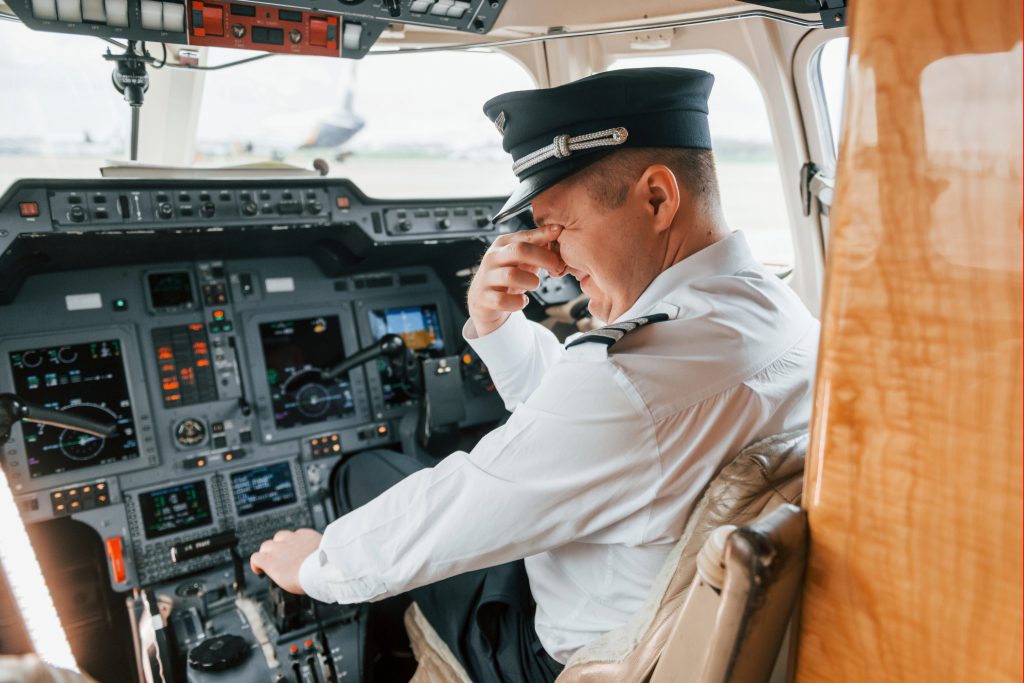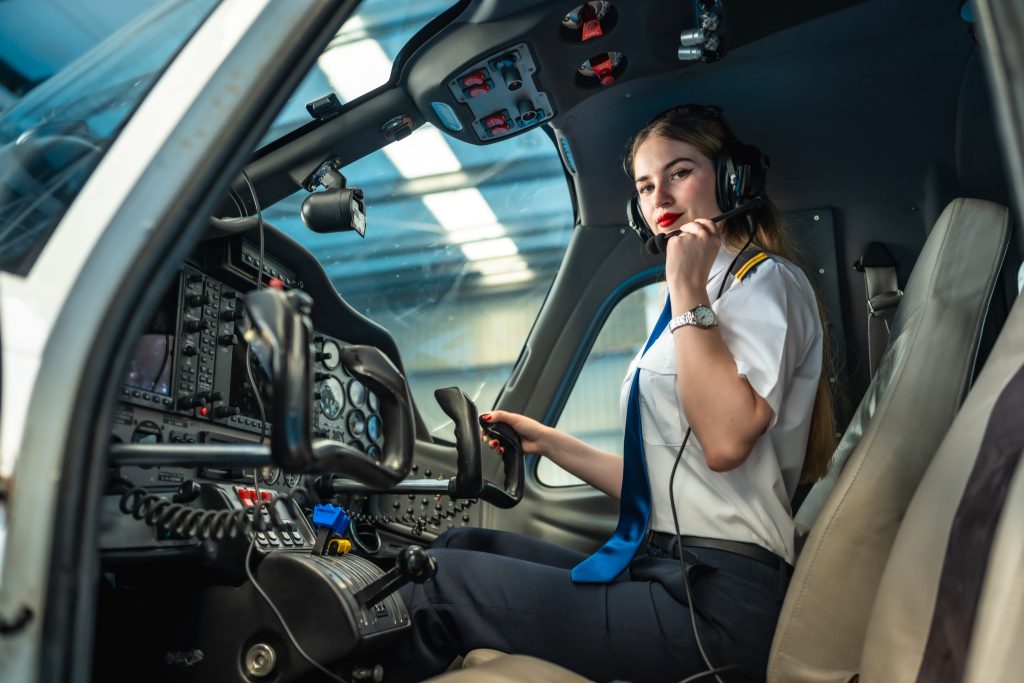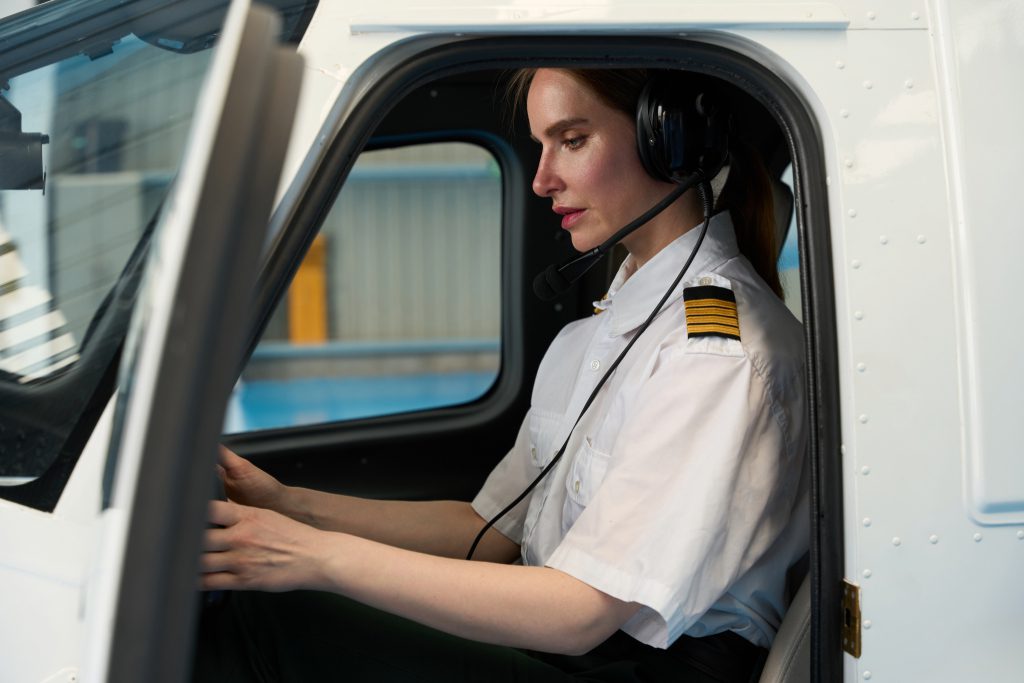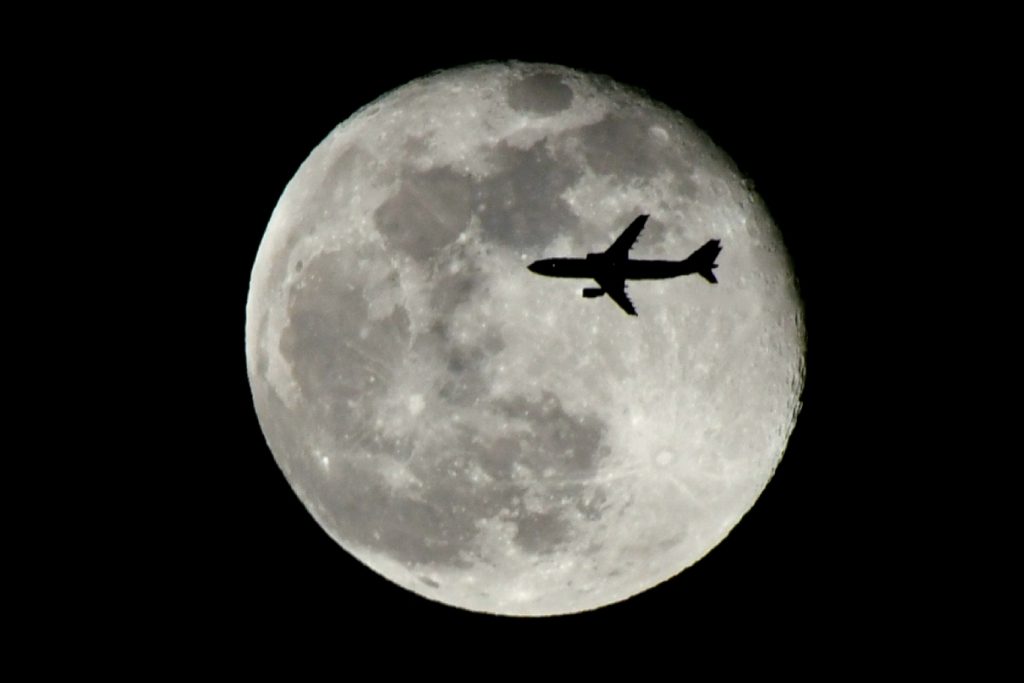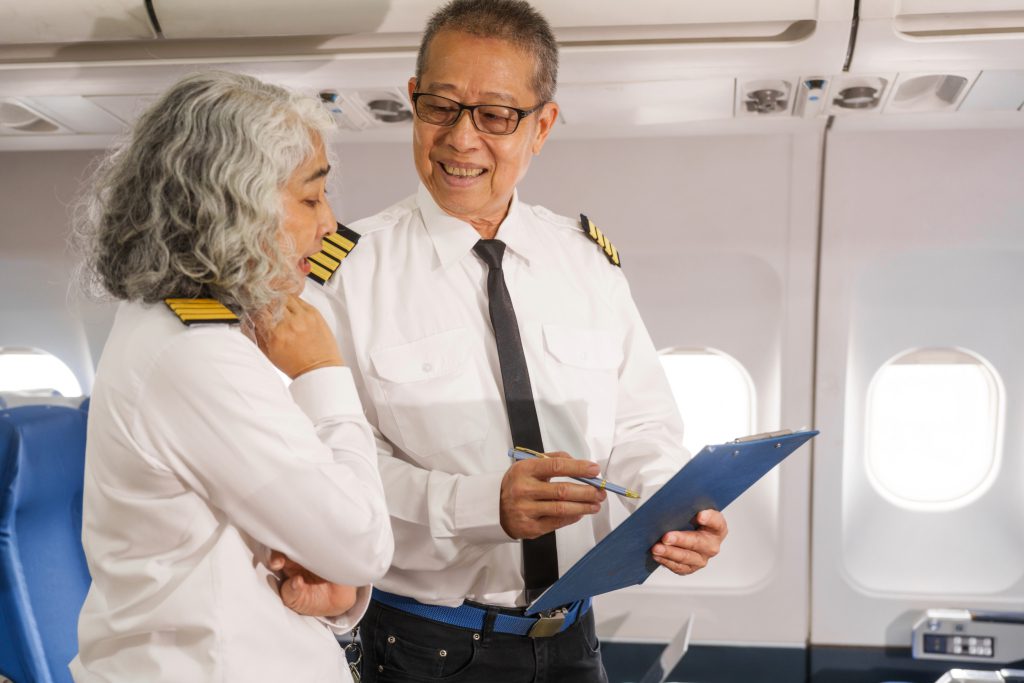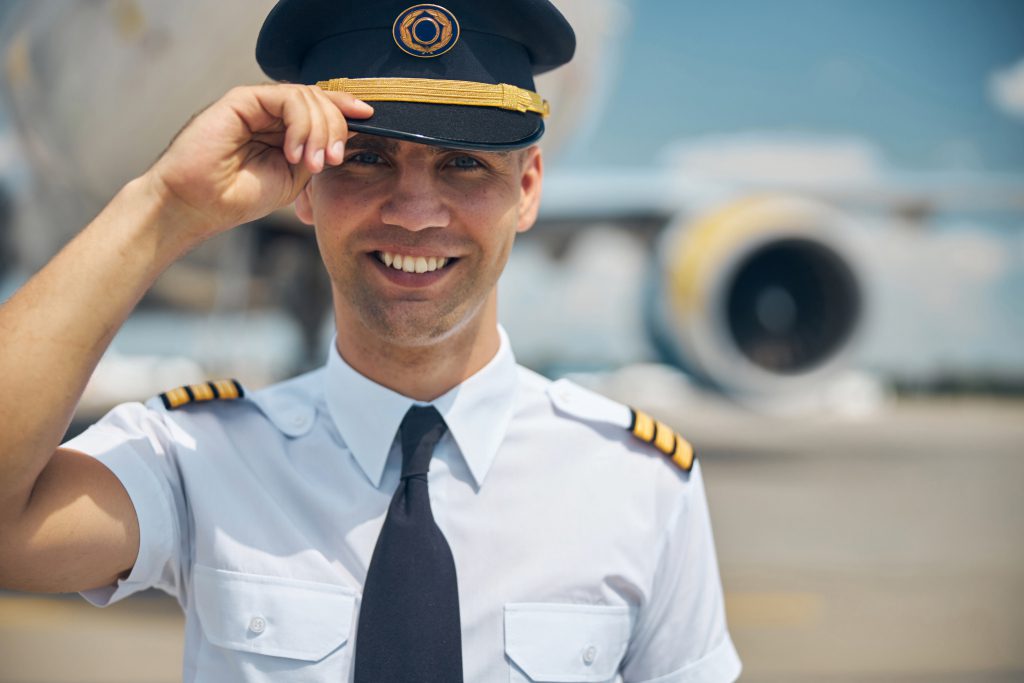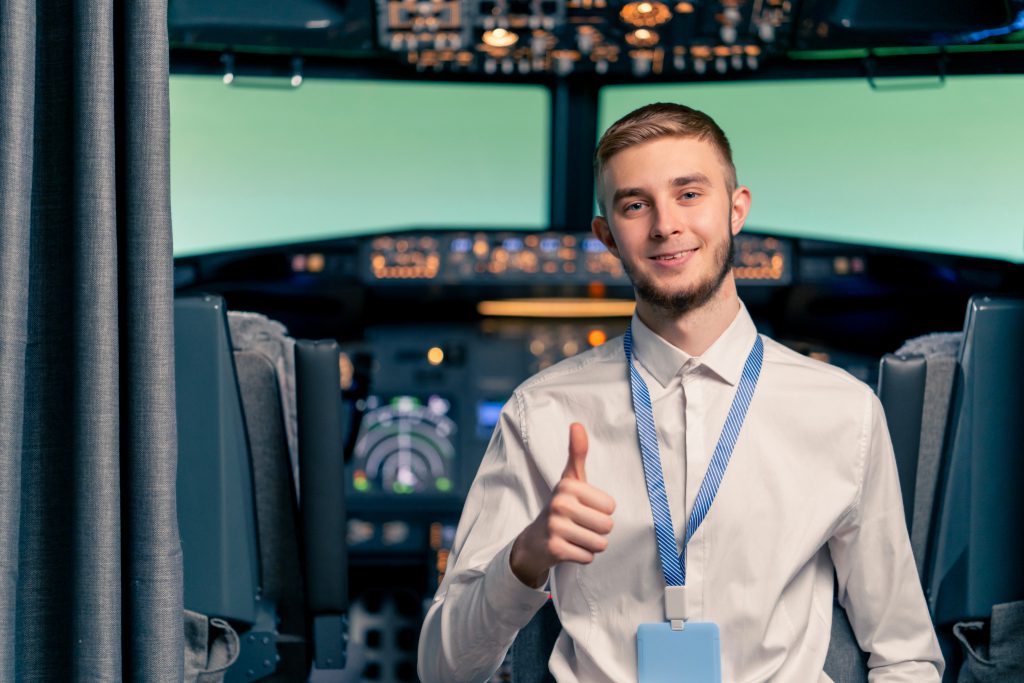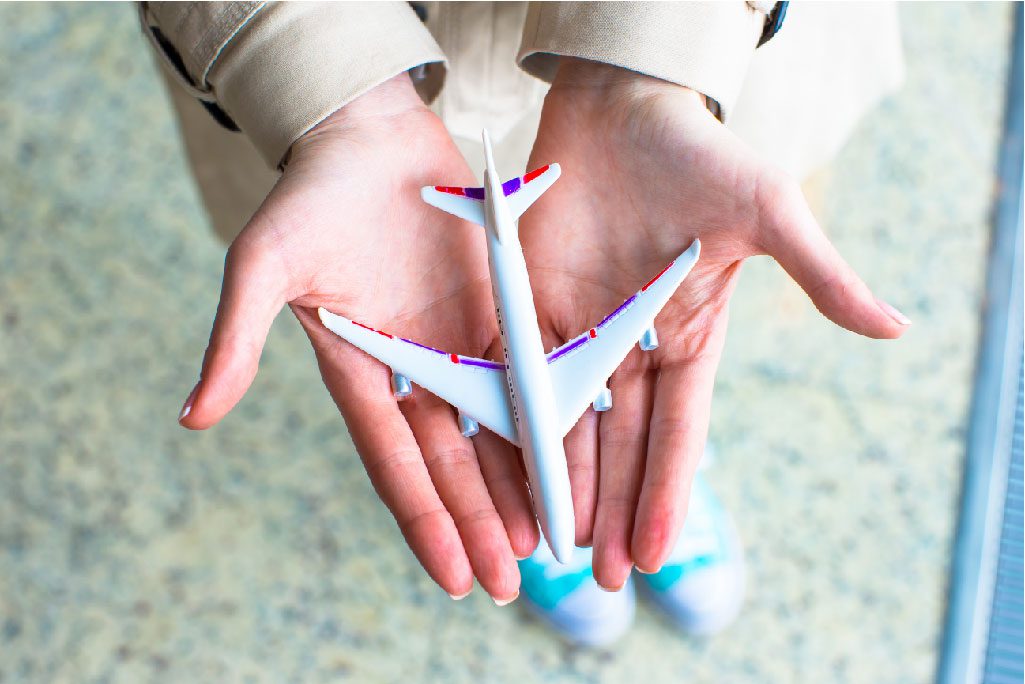With soaring inflation rates, rising fuel prices, and other geopolitical uncertainties, the sky has always had its way of enticing people into pilot training, despite the cost. Furthermore, there are a lot of things to take into consideration when pursuing a career as a pilot these days, and things sure do seem to get challenging when the world gets back to normal.
Pilot Expectations
A few overseas airlines implementing expansion plans are often accompanied by simultaneous recruitment drives to urgently fill available positions. Furthermore, Boeing also mentioned that to fulfill the rising demand coupled with retiring pilots, fast-growing low-cost Asian airlines and Europe’s short-haul carriers will be able to hire more than 650,000 pilots by the year 2040.
The decreased competition across direct entry positions will also raise the likelihood of being hired within a significantly shorter amount of time.
Inflation Doesn’t Pause — Neither Should You
The soaring cost of fuel and maintenance is affecting the expenses of flight training. Multiple schools have started to increase tuition year after year. Putting off training for just one year could increase costs by 10% to 15% which would make things harder financially.
Starting immediately means being able to finish sooner, enter the workforce, and begin earning and repaying earlier, which makes a big difference.
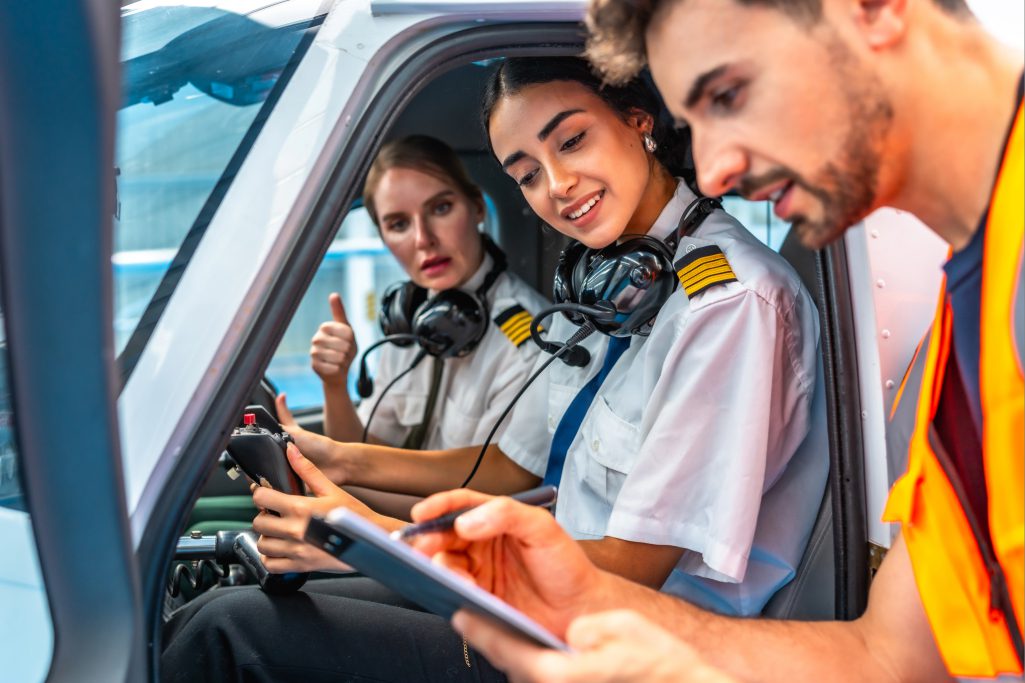
The World Reopening: The Aviation Travel Comeback
The sector is witnessing a revival with new connections being added and long-haul routes coming back into operation, increasing employment opportunities. Increased demand means more pilots, leading to even more flights. With an increase in the number of skilled pilots, having your PPL and CPL by the time you are done with training will place you in great positions for early career work.
Expanding Options For Training And Financing Available
Integrated training programs offered by airlines now provide conditional job offers upon completion, while some sponsors are offering pilot pathways with financial aid post completion. Flight schools offering modular programs are allowing training alongside part-time work.
Innovations in Training
Modern-day simulators, online ground school sessions, and remote classes add flexibility to a trainee’s schedule and reduce the cost incurred for not flying. What this means is that you can do theory classes from anywhere and cut commuting and accommodation expenses, which allows you to focus on flying portions more efficiently.
Training has never been so futuristic, reducing the rub between your life and your aviation dreams.
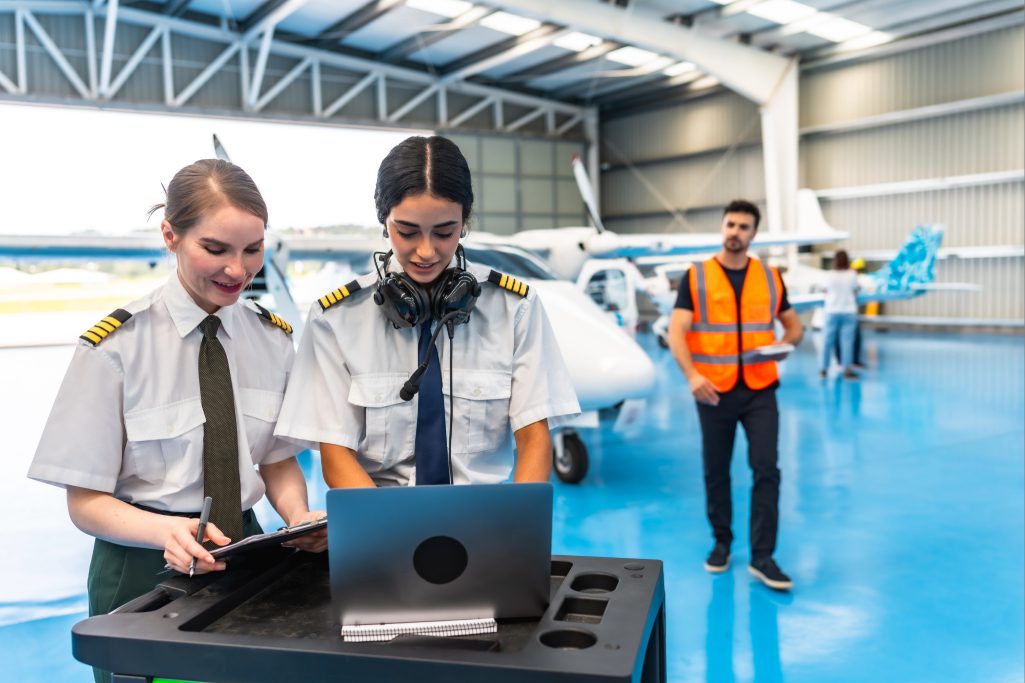
Moving Past Fear of the Unknown
There isn’t a good time to start something new that is going to make you jump blindfolded into the abyss. Rising costs, shifting markets, or other life priorities will always exist.
Patience is a virtue that does not pay off in aviation.
Make the Move
Now may be your time if the thought of a headset gets your heart racing, you find yourself enviously staring at contrails, or daydreaming about a preflight checklist while stuck in traffic.
Your dream cockpit is ready. The more you procrastinate the longer you have to wait to start flying, building your confidence, and taking your first steps in what will soon become your career in the world’s most astonishing workplace.
Conclusion
Beginning your pilot training now isn’t impulsive; it’s long-term. While increasing expenses may be a concern, the payback on your investment—whether it’s liberty, financial revenue, or fulfillment in life—has never been this certain in aviation.



